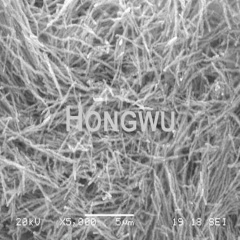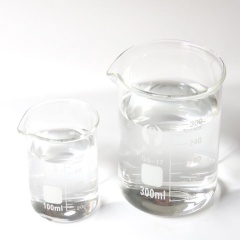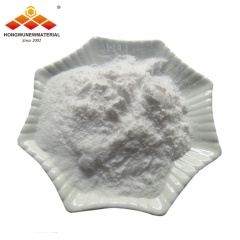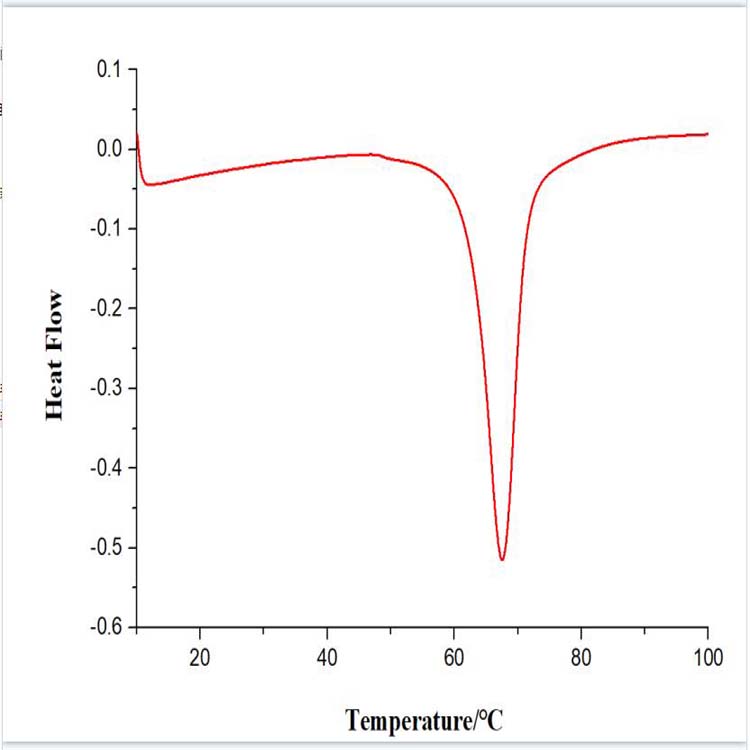Single-walled carbon nanotubes
(Single-Walled Carbon Nanotubes, SWCNTs) by virtue of the unique structure and
special physical and chemical properties, has excellent electrical, mechanical,
thermal properties, necessarily determines its physical, chemical, information
technology, environment science, materials science, energy technology, life and
medical sciences and other fields all have broad application prospects.
1. Hydrogen storage materials:
Recent studies have shown that carbon nanotutes
is very suitable for use as a hydrogen storage material. According to the
structural characteristics of the single-walled carbon nanotubes, leading to
both the liquids and gases which have a significant adsorption of carbon
nanotubes using hydrogen in the hydrogen storage is the large surface area, the
pore structure of the material showed a physical adsorption or chemisorption
properties, storing hydrogen at 77-195K, about 5.0Mpa conditions.
2. Large-capacity supercapacitor
Carbon nanotubes with high crystallinity,
good conductivity, large surface area, pore size can be controlled by synthetic
processes, surface area of up to 100% utilization, with all the requirements of
an ideal supercapacitor electrode material.
Super capacitor energy storage mechanism
can be divided according to types of energy storage mechanism with high
specific surface area of activated carbon electrode of the capacitor, electric
double layer capacitor based on carbon electrode / electrolyte interface charge
separation generated; using RuO2 and other precious metal oxide electrode the
storage mechanism of the capacitor, is based on the adsorption surface of the
capacitor body with the oxide electrode redox reaction produced - Faraday
pseudo capacitance. In the same area of the electrode, the
Faraday is quasi-capacitor capacitance electric double layer capacitor times,
and power characteristics of the electric double layer capacitor instantaneous
high-current discharge is better than Faraday capacitors. For the electric
double layer capacitor, which is to determine the amount of energy stored by
the effective specific surface area of the capacitor
electrode plate. Due to SWNTs having the largest surface area and good
conductivity, carbon nanotubes prepared by the electrodes, can significantly
increase the electrical capacity of the electric double layer capacitor.
Preparation of raw materials mixed gas of carbon nanotubes Tsinghua horse
Hitoshi, who used catalytic pyrolysis of propylene and hydrogen, and by adding
a binder or by means of high temperature and pressure process for preparing
carbon nanotubes solid electrodes, using sulfuric acid electrolyte solution as
prepared based on these carbon nanotube electrodes of supercapacitors.
3. High-strength composite materials
Since the single-walled carbon nanotubes
are the most characteristic one-dimensional materials with a very unique, very
perfect microstructure and very large aspect ratio, a growing number of
experiments show that single-walled carbon nanotubes have extraordinary
mechanical properties become the ultimate form of preparation super-composites.
Carbon nanotubes as composite reinforcing materials, first performed on a metal
base, such as carbon nanotubes iron / matrix composites, carbon nanotube /
matrix composites, carbon nanotube / nickel matrix composites, carbon nanotube
/ copper-based the results show that the composite materials, although the
carbon nanotubes may improve certain properties of the matrix material, but
because the carbon nanotubes and the metal compound at a high temperature, tend
to congregate at the grain boundaries to form a brittle interface level, both
of the Q weakened the combined strength and therefore remains to be further
studied in recent years, carbon nanotube composites research focus has shifted
to the carbon nanotube polymer composite materials, polymer materials force in
improving energy side shoots wins while research has made some progress Wu Xijun group by chemical vapor reaction and vacuum
sintering method for preparing a successful carbon nanotube composite WC-Co and
WC-Co-VC nano carbide, preliminary results indicate that the composite
nano-carbide hardness is up, bending strength and conventional hard alloys are
similar, with a carbon nanotube composite nano-carbide nano may become a new
way to improve the strength and toughness of cemented carbide.
4. The field emission device
Single-walled carbon nanotubes have
excellent field electron emission performance, the performance can be used to
produce flat panel display devices replace bulky, heavy weight of the cathode
tube technology. Researchers at the University of California proof carbon
nanotubes have good stability and resistance to ion bombardment ability, good
performance, you can work in a vacuum environment 10-4Pa current density
reaches0.4A/ cm3. The array of
carbon nanotubes deposited on a display a polymer film made of the work of 200 hours at the working voltage of 200V and current
density of up to 10-2A/
cm3. Currently, research in this area is close to the industrialization of
Japan has made a prototype of such a color TV
technology, the image resolution is now known to other technologies impossible
to achieve, they predict the species in 2001 TV market. The single-walled
carbon nanotubes in the gold film composed of crystalline array provides up to106A/ cm3 of current density. Compared
with the conventional electron gun made of carbon nanotubes
and, in the air, not only a stable, easy to produce features, and has a lower
operating voltage and a large emission current, for the manufacture of large
flat displays. Undoubtedly, monitor the effectiveness and profits will draw carbon
nanotubes to millions of households, and soon form a new industry.
5. Electrical, mechanical properties integrated
application - carbon nanotube muscle
Robot, fiber converters, prosthetics, sonar
and other such devices, the Mirage, by the reaction of a material, direct
conversion of electrical energy into mechanical energy is crucial, although
ferroelectric and electrostrictive material particularly suitable, but the
biggest operational temperature and voltage which can allow high and low energy
conversion efficiency, its application is very limited, studies of
single-walled carbon nanotubes are expected to solve these problems, Banghman
et al found that a single-walled carbon nano stress motor brake pipe pieces
produced higher than normal muscle, bigger than the high strain modulus
ferroelectrics, and ordinary muscles, this macro brakes are made up of billions of nanoscale actuators, whose actuation without ion
doping (embedded), to overcome the brake is reduced by ion doping defects life
and efficiency, low operating voltage of only a few volts can produce a large
strain of the brake, the ferroelectric is much better than conventional brakes
, the author studies predict that the energy conversion efficiency by
optimizing brake preparing nanotube sheet obtained, is expected to have higher
than any known technology to make artificial muscles from dream into reality.
In addition to these five kinds of
applications, single-walled carbon nanotubes are also used in nano-electronic
devices, catalysis fiber, film industry, manufactured nanomaterials, very broad
application prospects, applied research is currently still in the exploratory
stage of carbon nanotubes.


 English
English français
français Deutsch
Deutsch русский
русский italiano
italiano español
español português
português 日本語
日本語 한국의
한국의 Türkçe
Türkçe
















 8620-87226359,8620-87748917
8620-87226359,8620-87748917

